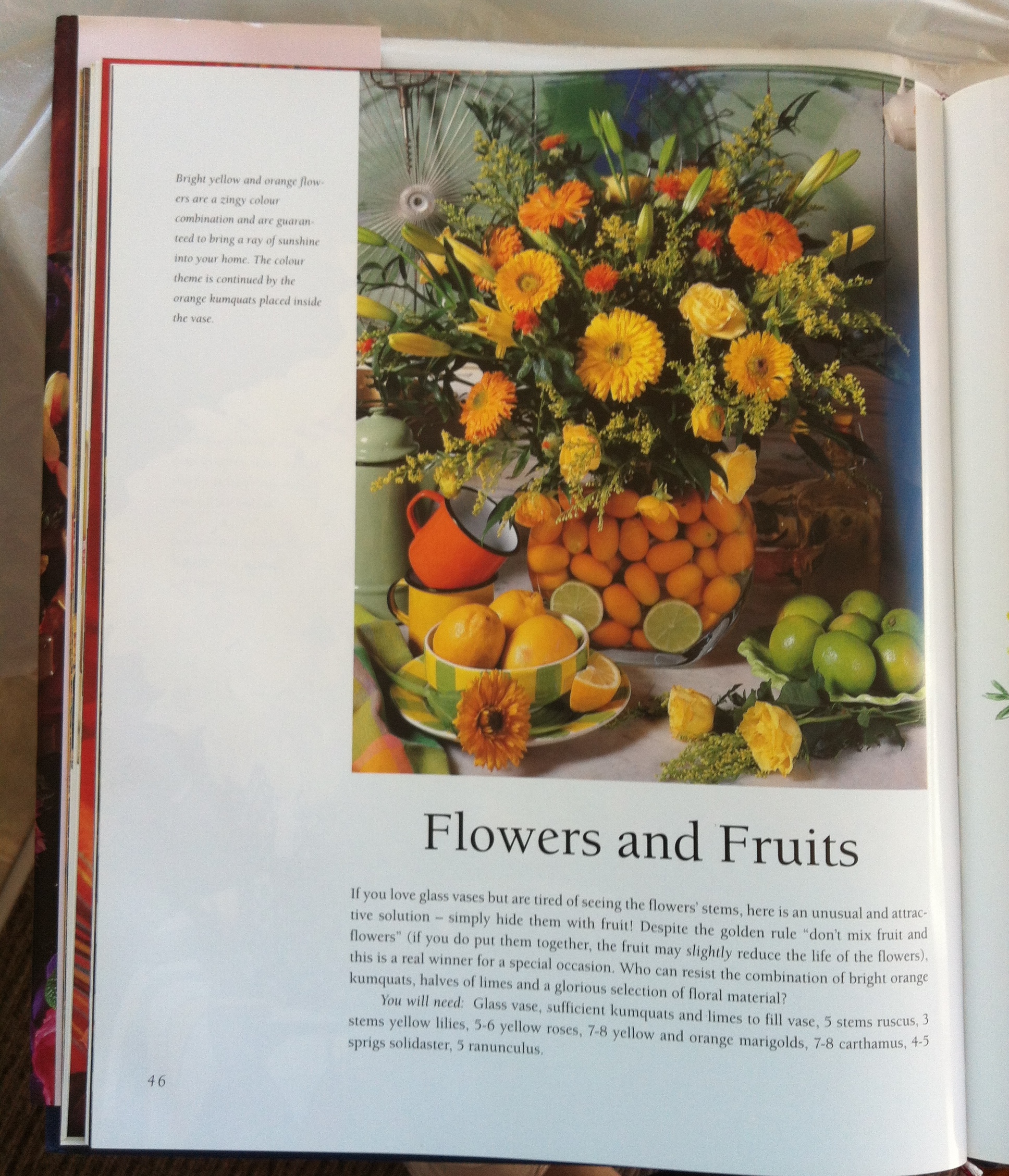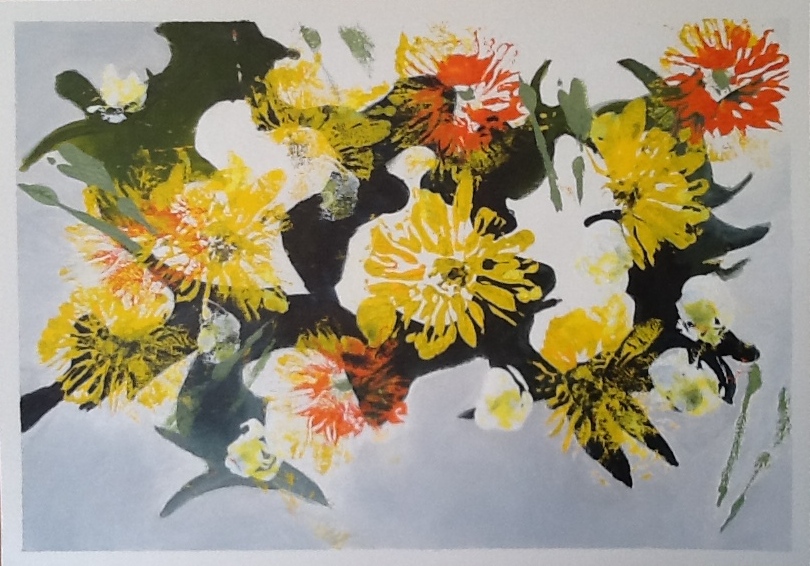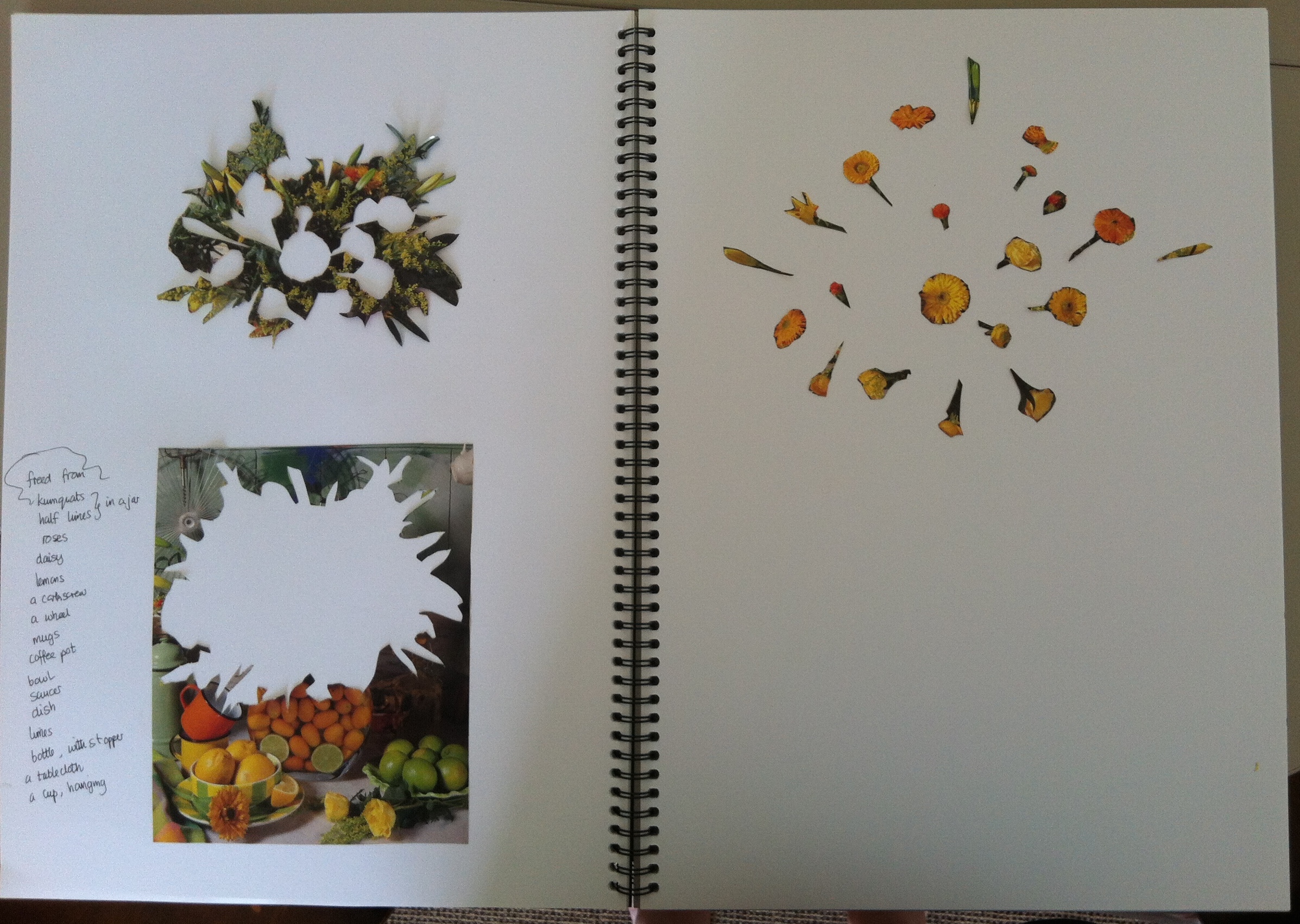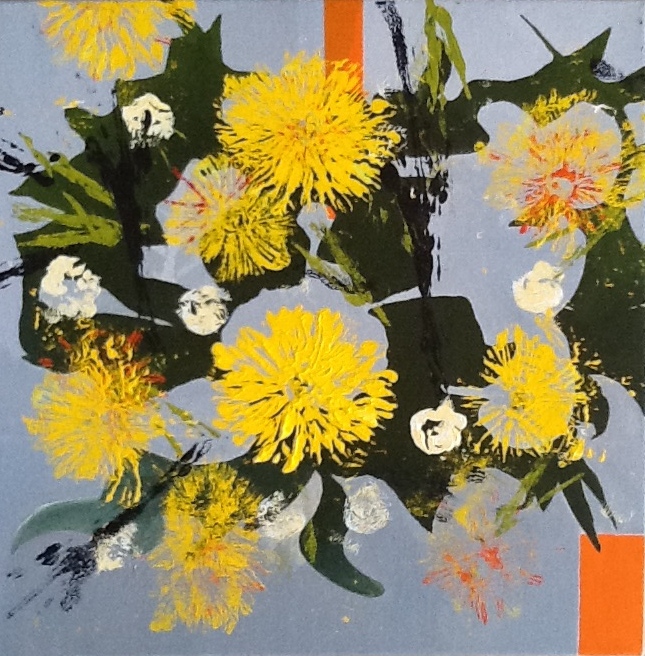During my exhibition ‘A Wonder World for Enid’ in the University of Leeds Clothworkers’ Hall, I am blogging about the paintings, where they came from and how they were made.
In all the Wonder World for Enid paintings there is a gap, often lighter or darker than the rest of the space. As the theme of memory and forgetting came together with the painting process, the gap emerged as the most poignant aspect of the works. The gap is the distance between the person with dementia and those who care for them. The gap is silence. The gap is a new kind of 'alterity'.
I believe that, all through life, other people remain ultimately unknowable. This otherness, or alterity is unavoidable, inevitable, and thus to be managed, not mourned. We do our best with the tools of language and thinking to reach across the gaps of alterity, to properly see the other, and to share ideas. Most of the time we manage reasonably well.
With dementia, alterity changes. Before dementia, the two of us had different memories of the same event, but they were close enough to leap the gap. Now what I remember is often no longer close to what you remember. And the more recent an event, the more we differ in our perceptions and memories. We can sit in the same room as the light shifts and voices are heard. To me, it’s just the afternoon passing, the sun going down, and people bringing the tea trolley. To you, it's a cause for fear and worry, convincing you that you are locked in a prison and in immediate physical danger.
Thank goodness that deeper memories of long ago events are less affected, and happier emotions attached to them can still be re-experienced. On a good day, I could activate them by reaching across the gap and pulling out bright moments of your past to remind you.






























